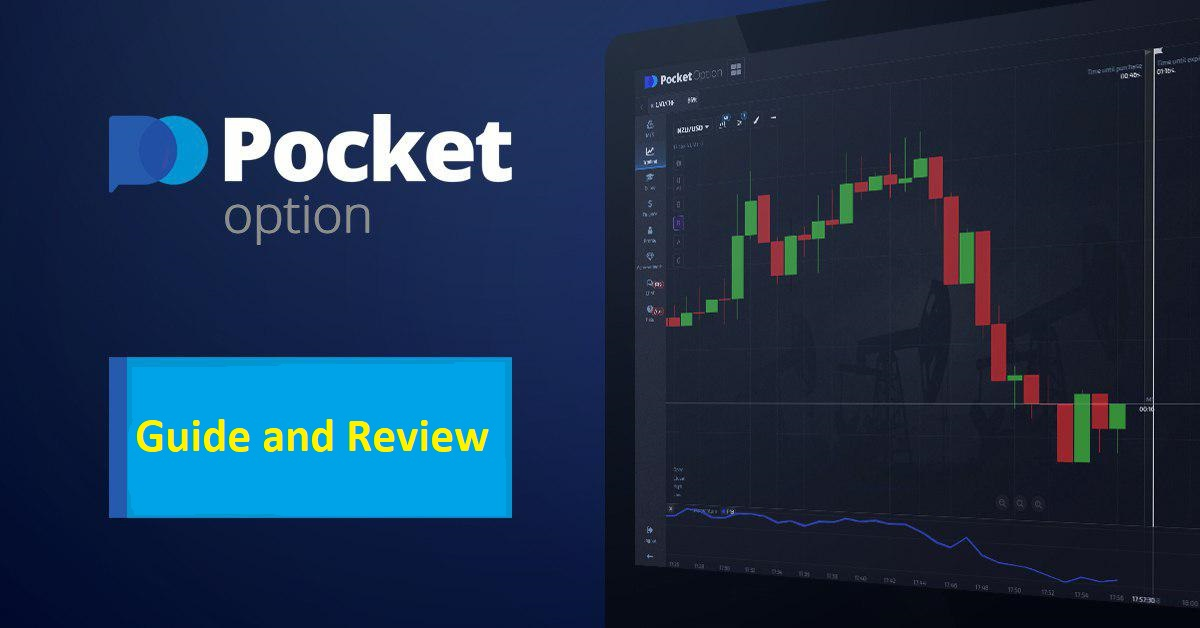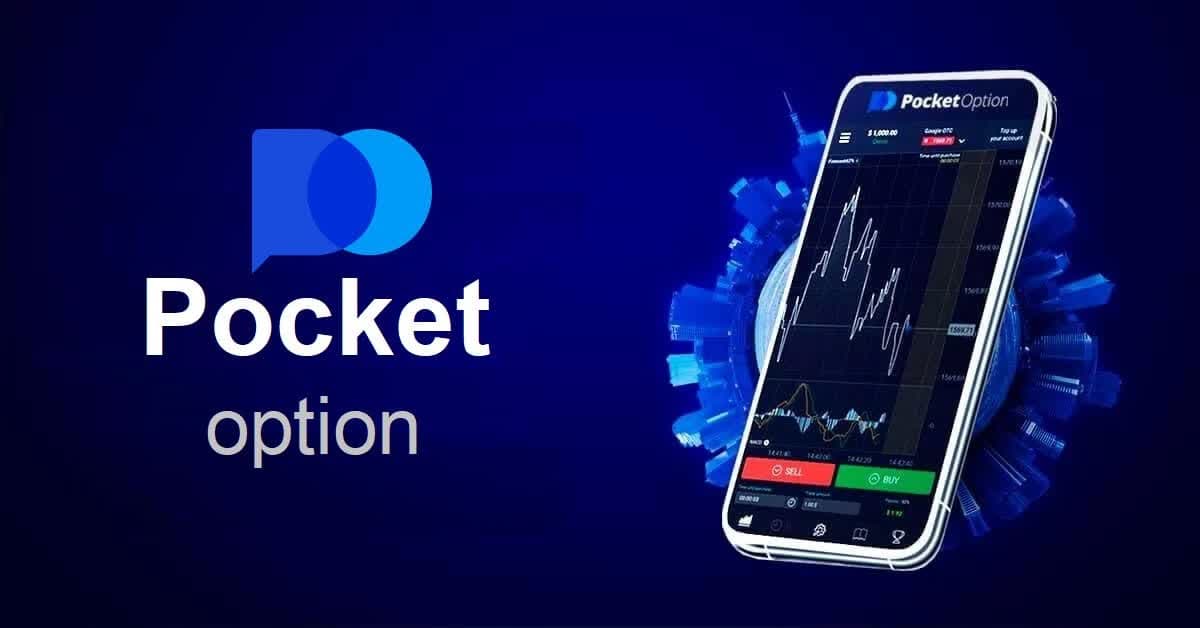
Discovering the Best Indicator for Pocket Option
The journey of trading in the financial markets often begins with the right tools and resources. For many traders using platforms like Pocket Option, finding the best indicator for pocket option best indicator for pocket option is crucial. The effectiveness of trading indicators can significantly influence decision-making, and in turn, profitability. In this article, we will delve deep into what makes a trading indicator worthwhile, how to choose the best ones for your trading style, and discuss some of the top-performing indicators that traders have found success with.
Understanding Trading Indicators
Trading indicators are mathematical calculations based on price, volume, or open interest of a security. They help traders predict future price movements and identify trading opportunities. Indicators can be categorized into three main types: trend-following indicators, momentum indicators, and volatility indicators. Each type serves a different purpose, and knowing how to use them effectively is key to successful trading.
1. Trend-Following Indicators
Trend-following indicators are tools that help identify the direction of the market trend. Some popular trend-following indicators include:
- Moving Averages: The simplest and most commonly used indicators. They smooth out price data to create a trend-following indicator. Moving Averages can be used in various forms, such as the Simple Moving Average (SMA) or Exponential Moving Average (EMA).
- MACD (Moving Average Convergence Divergence): This indicator combines moving averages to indicate momentum and trend direction. MACD is effective in identifying changes in the strength, direction, momentum, and duration of a trend.
2. Momentum Indicators
Momentum indicators are used to gauge the strength behind price movements. They help traders identify overbought or oversold conditions in the market. Some of the most widely used momentum indicators include:
- Relative Strength Index (RSI): This oscillator measures the speed and change of price movements. RSI ranges from 0 to 100, and traders often use it to identify potential reversal points.
- Stochastic Oscillator: This compares a particular closing price of a security to a range of its prices over a certain period, thus helping traders determine overbought or oversold conditions.
3. Volatility Indicators

Volatility indicators provide information about the volatility of an asset. High volatility may create opportunities for traders, while low volatility suggests limited price movement. Key volatility indicators include:
- Bollinger Bands: These consist of a middle band (the moving average) and two outer bands, which are standard deviations away from the moving average. They help traders understand market volatility and potential price movements.
- Average True Range (ATR): This indicator measures market volatility by decomposing the entire range of an asset for that period. It’s often used to determine position sizing and set stop-loss levels.
Selecting the Best Indicator for Pocket Option
Choosing the best indicator for your trading on Pocket Option should begin with a self-assessment of your trading style. Are you a day trader who thrives in fast-moving markets? Do you prefer a more relaxed approach to swing trading? Understanding your style will help you select indicators that suit your needs.
Moreover, consider the following factors when selecting trading indicators:
- Compatibility: Ensure that the indicator you choose works well with Pocket Option’s platform and the assets you are trading.
- Ease of Use: Indicators should be intuitive. If you spend more time interpreting the indicator than using it, it may not be the right choice.
- Testing and Backtesting: Always test the indicator in a demo account before implementing it in live trading. Backtesting provides valuable insights into how the indicator would have performed in the past.
Strategies Using Indicators on Pocket Option
Once you’ve chosen the best indicator(s) for your trading, it’s essential to develop a strategy around them. Here are a few strategies you can consider that incorporate indicators effectively:
- Crossover Strategy: This classic strategy involves using two moving averages—when a shorter moving average crosses above a longer moving average, it signals a buy trend, and vice versa for selling.
- RSI Divergence: Use RSI divergence to identify potential reversal points in the market. When price makes a new high or low, but RSI fails to do so, it may signal a trend reversal.
- Bollinger Band Reversal: When the price touches the upper or lower Bollinger Band, it may indicate a potential reversal. Traders often look for confirmation with other indicators.
Conclusion
Finding the best indicator for Pocket Option is not a one-size-fits-all approach. It requires careful selection based on your trading style, goals, and the specific market conditions. By utilizing a combination of trend-following, momentum, and volatility indicators, you can create a holistic strategy that maximizes your trading potential. Always remember to backtest your strategies to ensure that you have developed a system that works well before committing real capital.
In a constantly changing market, staying informed and adaptable is essential. With the right indicators and a solid trading plan, you’ll be well on your way to achieving your trading goals on Pocket Option.



